The new Labour government has taken shape, and Angela Rayner has arisen as the most powerful woman in the country.
As deputy prime minister and secretary of state for levelling up, housing and communities, she will be responsible for some important issues such as the new deal for workers.
She will also have to decide how funds from central government, which Dundee has benefitted from in recent years, will be used in Scotland.
The deputy prime minister’s story is inspiring, but her challenging upbringing has not defined her.
It’s a trait I recognise in so many of the women in communities across Fife where I grew up. Adversity did not make them angry, it did not blunt their ability to love or to find joy.
Instead, it made them determined to improve the lives of those around them.
But underestimate these women at your peril.
During the general election campaign, I found the absence of Ms Rayner in Scotland a potential strategic error by Labour.
The party’s deputy leader made only a few visits north of the border during the six-week campaign.
In one rare visit, to St Bryce Kirk in Kirkcaldy with Gordon Brown, where his father preached, she looked comfortably at home.
A less recognisable national political figure and perhaps no one would have thought her out of place in the Lang Toun.
She is refreshingly plain spoken and has avoided the personality bypass too many politicians undergo.
But those who know her say that, not unlike Mr Brown, Ms Rayner is also a sharp political operator.
SNP ‘will find Angela Rayner difficult to deal with’
One insider said: “We’ve seen how well she has coped with pretty relentless Conservative attacks, and I think the SNP will find her just as difficult to deal with.
“Their usual pre-2014 lines about an out of touch Westminster Labour elite just won’t work with Angela.”
As it nurses the green shoots of revival north of the border, Labour would be well advised to make use of Ms Rayner’s automatic familiarity with communities like Kirkcaldy.
It is a talent few politicians have. Nicola Sturgeon among them.
I was often surprised at the former first minister’s ability to connect with voters, given the unavoidable veneer that anyone will develop after a lifetime as a career politician.
But away from camera crews and the cut and thrust of political debate, Ms Sturgeon, or just Nicola as most who met her would refer to her, she was able to connect with even the most sceptical Scots.
Young and old alike would flock to her during visits for selfies and a quiet word.
Angela Rayner seems to have the same ability to connect, something Labour may find too powerful to ignore.
Scotland grew tired of Labour in 2015
Scotland grew tired of Labour in 2015.
For decades, communities voted red for MPs who were increasingly perceived, fairly or not, as a carbon copy professional politician whose only familiarity was a sojourn north from Westminster on a Friday.
Even if they didn’t back independence, Scots were clear at the subsequent general election that the status quo wasn’t what they had in mind either.
If Labour is serious about change, it must avoid a repeat of the errors that led to a decade in the political wilderness.
That will include delivery on a policy level, but also on a more a fundamental one too.
Anas Sarwar and Sir Keir Starmer have built a base of support in Scotland born of fatigue with the SNP and the Conservatives.
But that base is unstable and it seems that it is yet to be convinced that Labour deserves its support and trust.
The UK Government will have to develop a voice in Scotland — and Scottish Labour MPs cannot simply serve as emissaries from Whitehall.
Figures like the deputy prime minister will have to be present. They will have to explain to voters, beyond the morning TV round of London-based broadcast studios, why Scots were right to give them a second chance.
The electorate is unlikely to be forgiving if it feels taken for granted.
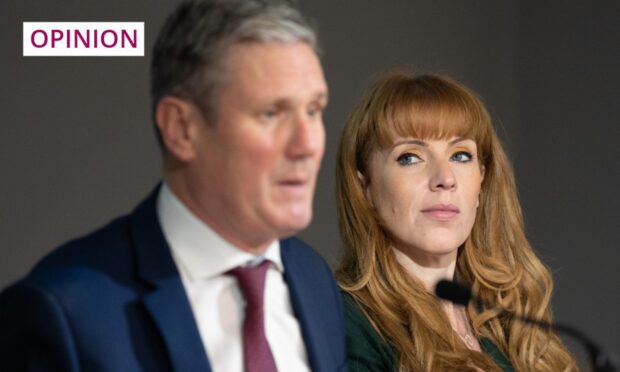
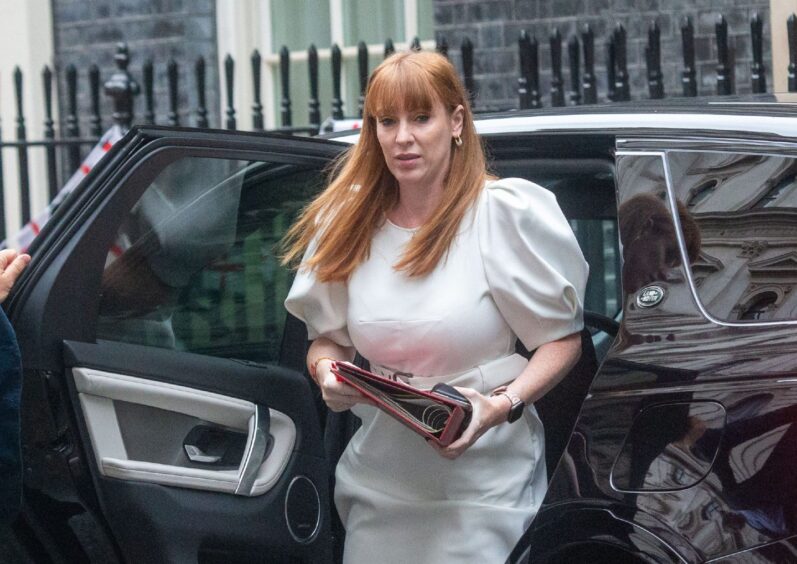
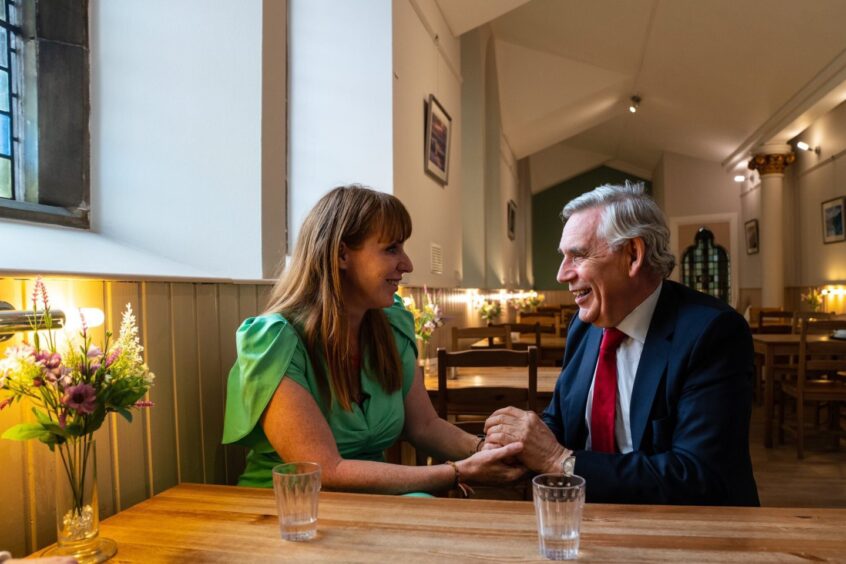
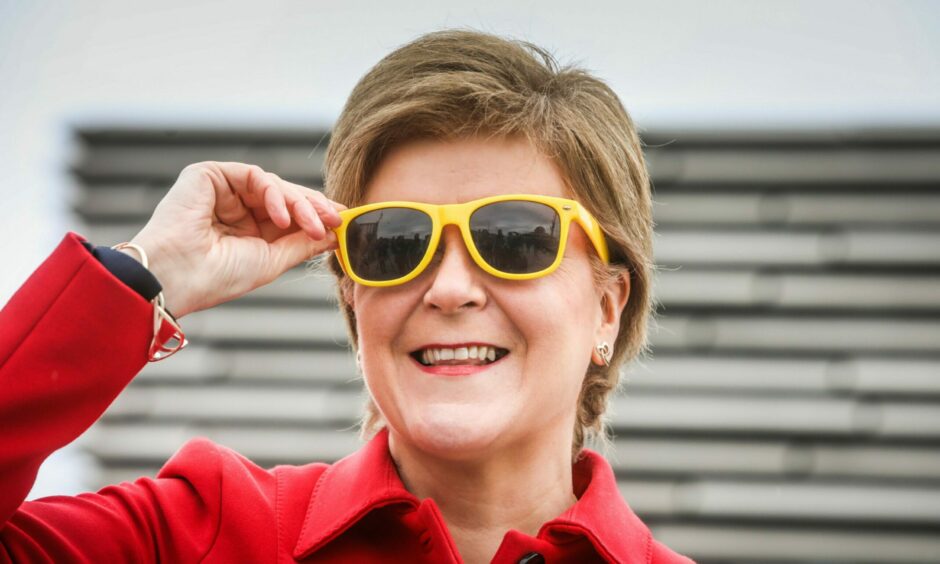
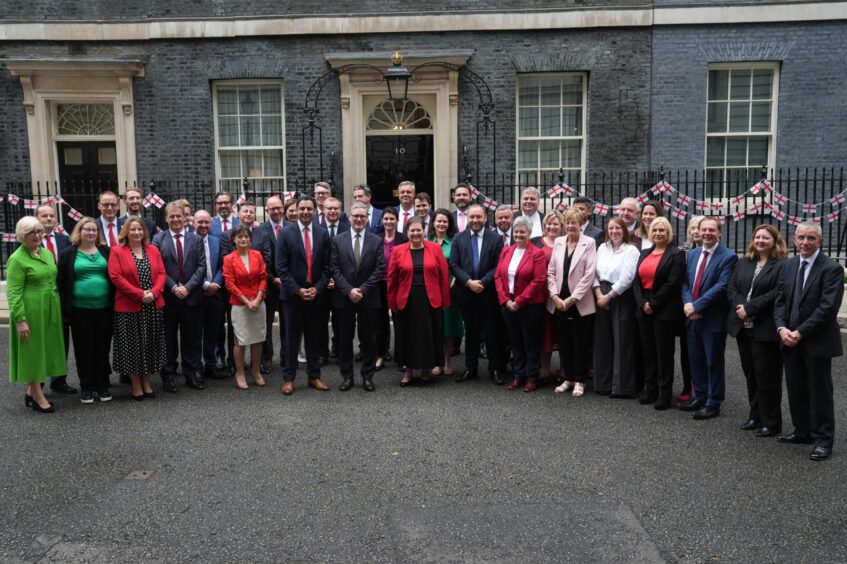










Conversation